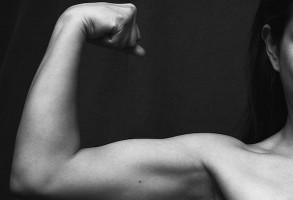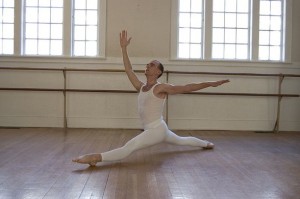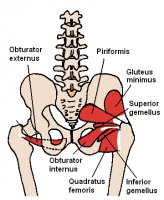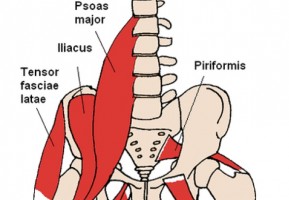Since dance is the art of motion, in order to become a proficient dancer one must understand how the body moves from the inside; how the muscles and bones work to leap, turn, kick, stretch and fold. A pretty sophisticated idea for a young dancer. Since learning is a layered experience, introducing the concepts of anatomy now will allow them to build upon this foundation in the future.
the body
Is It Okay To Stretch Before Dance Class?
If you are stretching with the goal of long-term changes in your flexibility (for example, you can’t do the splits and would like to), save your stretching routine for after class or between barre and center when your muscles are “warm.” Generally speaking, both of the stretching techniques above have acute (short-lasting) effects on your range of motion before activity, but don’t really increase your overall flexibility.
What You Mean, What You Say: Get Up On Your Leg
“Get up on your leg”… Teachers have a habit of saying this when students are “sinking” into their supporting leg while balanced on one leg. How can you correct a sinking hip and what are some ways to rephrase this common dance teacher-ism.
Developpé Dilemma: Deb Vogel Addresses a Reader Question
A reader is struggling to developpé her leg above 90 degrees, experiencing tension and pain in the process. Deb Vogel provides exercises to help.
Stretching Safely for Splits
When it comes to stretching and splits some dancers place intense emphasis on achieving the ideal static position, forgetting that this type of flexibility is only part of the picture. They compromise the health of their instrument – the body – as they push to extremes to get results, and get results fast.
Introducing the Iliopsoas
The iliopsoas is the only muscle (well, technically group of muscles) that attaches to the spine, pelvis, and femur (or, thigh). The three muscles which make up the iliopsoas are deep, running very near the spine and beneath other major muscle groups. Therefore, awareness of the iliopsoas must come through visualization.






